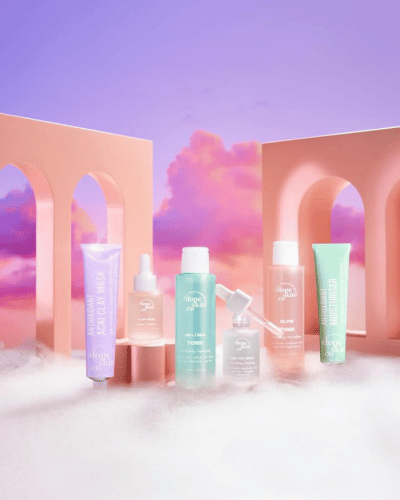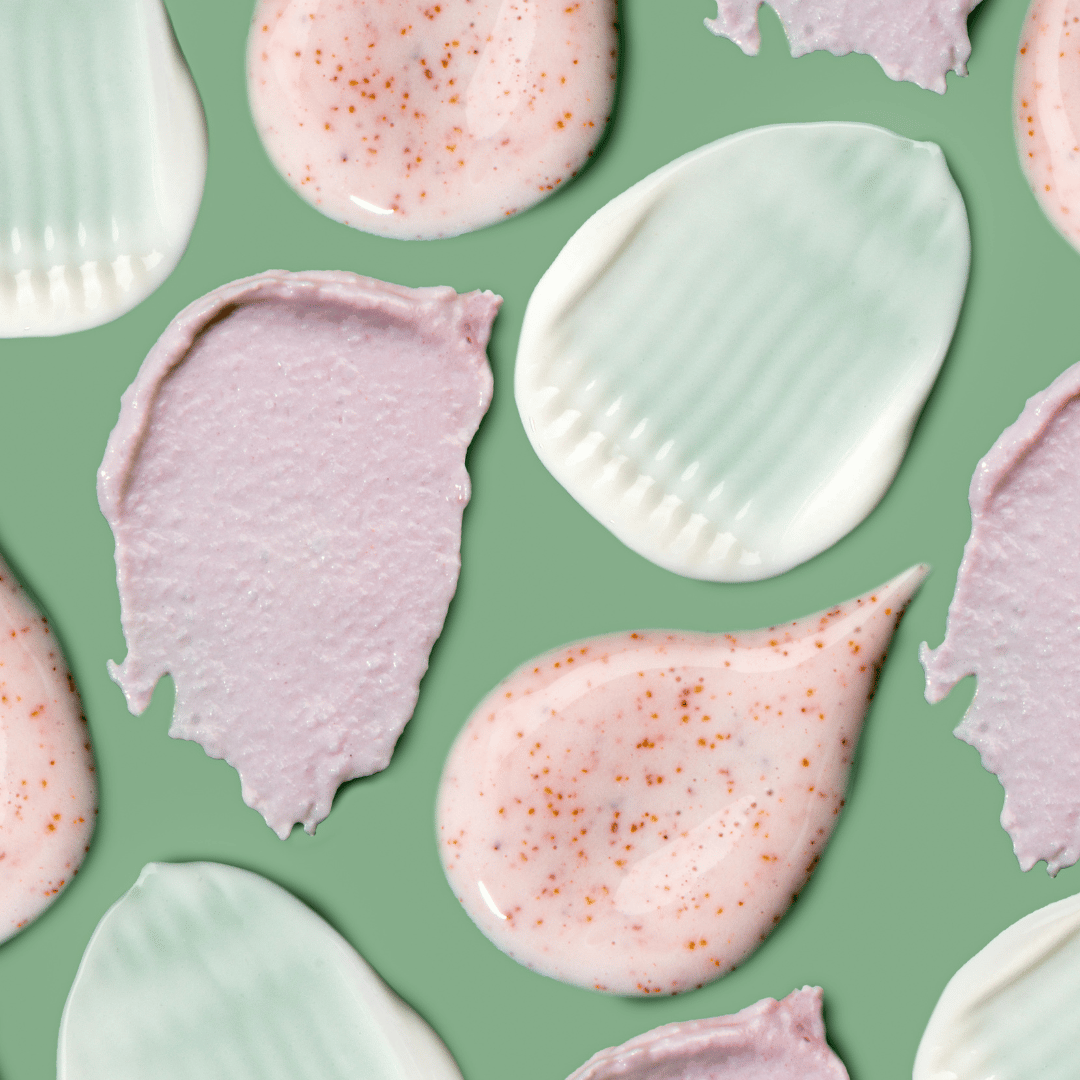Ethylhexylglycerin
Ethylhexylglycerin may be difficult to pronounce but that doesn’t mean it isn’t worth learning about. That’s because this natural preservative is taking over the skincare world. Similar to another popular preservative as of late, phenoxyethanol, ethylhexylglycerin has risen to prominence as a natural alternative to parabens. Below, we uncover exactly how ethylhexylglycerin can benefit your skin, which products contain the preservative, as well as the safety concerns surrounding it.
Overview
As the name suggests, ethylhexylglycerin is derived from glycerin. More specifically, it is an alkyl glyceryl ether, meaning that the ethylhexyl group is bound to glycerin at one end. Ethylhexylglycerin was first invented by German scientists in the early 1990s and most often comes from vegetable glycerin. Today, ethylhexylglycerin is in tons of personal care products, which means there’s likely a skincare or cosmetics item on your shelf right now that contains it. Most commonly, ethylhexylglycerin is used in foundations, lipsticks, face masks, moisturizers, eye shadows, sunscreens, serums, conditioners, shampoos, bronzers, and concealers. Keep reading to better understand why ethylhexylglycerin is used in such a wide range of beauty products.
Benefits
Why is ethylhexylglycerin found in everything from lipstick to shampoo? It’s versatile! Seriously, ethylhexylglycerin functions as a quadruple threat in the beauty world (that is to say, it has four key functions). These four roles are that of a preservative, a surfactant, a deodorizer, and last but not least, a skin-conditioning or skin-softening agent. As a preservative, it ensures that the product it’s in doesn't spoil quickly. Sometimes ethylhexylglycerin functions as a preservative on its own, whereas other times it works in conjunction with another preservative like phenoxyethanol as a preservative enhancer. Further, the chemical compound is also an amazing surfactant. This means that it can reduce the surface tension between two substances, such as a liquid and a solid, which then makes it easier for you to wash oil or dirt off your face at the end of the day. This function is one of the main reasons it is found in so many cleansers, body washes, shampoos, and conditioners. Next, ethylhexylglycerin acts as a deodorizer in certain beauty products. It has the ability to prevent the growth of odour-causing bacteria, which ensures the product will smell the same from the day it’s made until the day you finish using it. Finally, ethylhexylglycerin’s skin conditioning properties are no joke. Owing to its glycerol component, ethylhexylglycerin is able to simultaneously moisturize and soften the skin.
Safety
With all preservatives including ethylhexylglycerin, there is a mild risk when it comes to applying it topically on your skin. It can be irritating to some, especially those who are predisposed to skin irritation (such as people who suffer from sensitive skin, eczema, or psoriasis). Generally speaking, always do a patch test and if you notice a reaction, discontinue use immediately.



